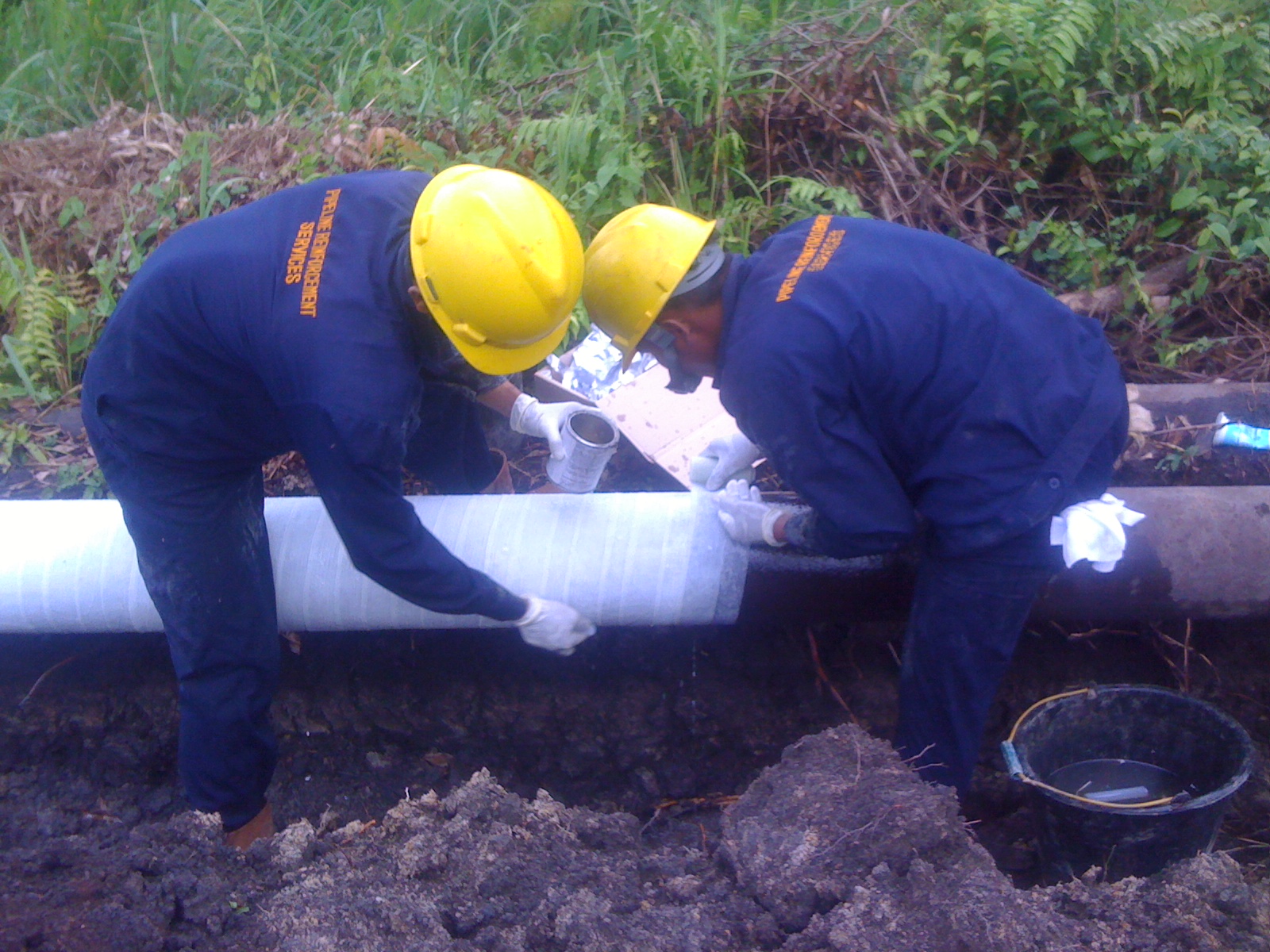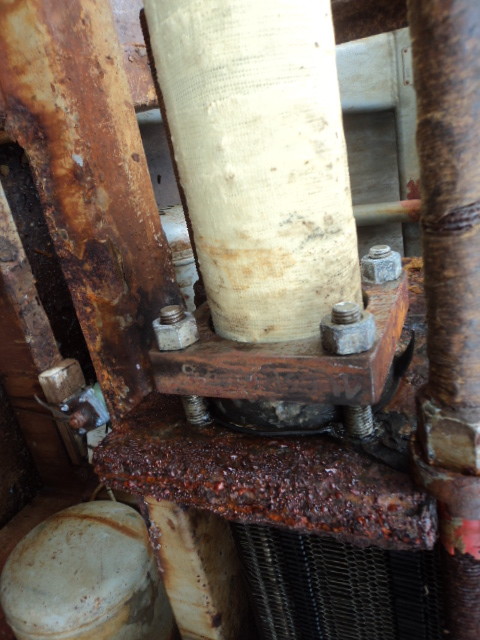Introduction
Pipeline reinforcement services are performed to increase the pipe wall thickness of non-through hole pipe defects. The purpose is to increase the pipe wall thickness and therefore increase the pipe strength to meet its operating requirements.Especially so in the
Oil & Gas and
Offshore industry where hot work permits are not easily approved, cold repair works such as pipeline reinforcement solutions are highly sort after for pipeline repair and rehabilitation works.
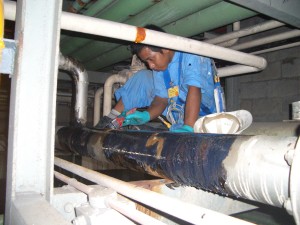

Pipeline Data & Information
In order to perform an effective pipeline rehabilitation and reinforcement work, it is mandatory to understand the pipeline operating conditions. Pipeline data including operating pressure, temperature, pipe size and pipe medium should be gathered. All effective pipeline repair and reinforcement techniques should follow international standards and guidelines in accordance to ASME PCC2 and ISO 24817 standards and requirements.


Detailed Engineering Calculation and Application Method of Statement
Based on the pipeline data gathered, the manufacturer would design and provide a detailed engineering calculation and application technique for the pipeline repair and rehabilitation works. It is also necessary to ensure that the applicator is well-trained to apply the pipe repair wrapping products as well as a site risk assessment has been performed prior to work commencement. Proper Personnel Protective Equipment should be worn and risk mitigating/ reducing steps employed to minimize or avoid all unnecessary risks.
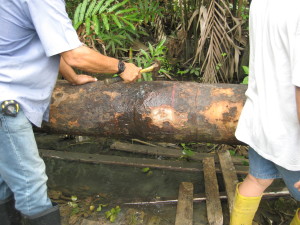
Surface Preparation of Affected Pipe Section
In general, pipe surface should be prepared to SA2.5 standards whenever possible. In order to ensure good bonding between the epoxy repair compounds with pipe surface, it is necessary to ensure that the surface profile has met minimum of 60 microns roughness. Thereafter, pipeline repair works should begin as soon as pipe surface works has been completed.

Rebuilding of Affected Pipe Section
The first step in all rehabilitation works is to ensure that all pipe surfaces have been rebuilt to even surface profile. The epoxy resin or repair putty should be well-mixed in accordance to manufacturer instructions and applied onto the affected surfaces while ensuring there are no air entrapments. The applied coating thickness and length would be in accordance to the engineering calculation provided that is specific to the repair requirements.
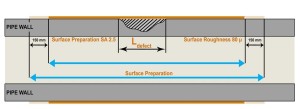
Reinforcement Pipe Wrapping
The final step is to apply the reinforcement repair tape. Wrap the reinforcement repair tape (e.g. fiberglass repair tape) approximately 200mm before start of defective location. Wrap the pipe as tightly and evenly as possible, pulling with sufficient strength during each layer of wrapping. Apply the entire roll over the pipe surface with at least 50% overlap for the entire pipe repair section in accordance to Engineering Calculation Report. Repeat the wrapping for a specific number of layers of the reinforcement repair tape and finally tapering off with approximately 25mm over each wrapping layer. The wrapping direction can be alternated between subsequent layer of wrapping so as to increase its mechanical strength in various directions.

Inspection of Pipeline Reinforcement Rrepair
Inspect the reinforced pipeline for any visual defects. Check that the repair thickness and length complies with the requirements stated in the Engineering Calculation. Allow the repaired area to be cured for several hours and the reinforcement work is completed.

